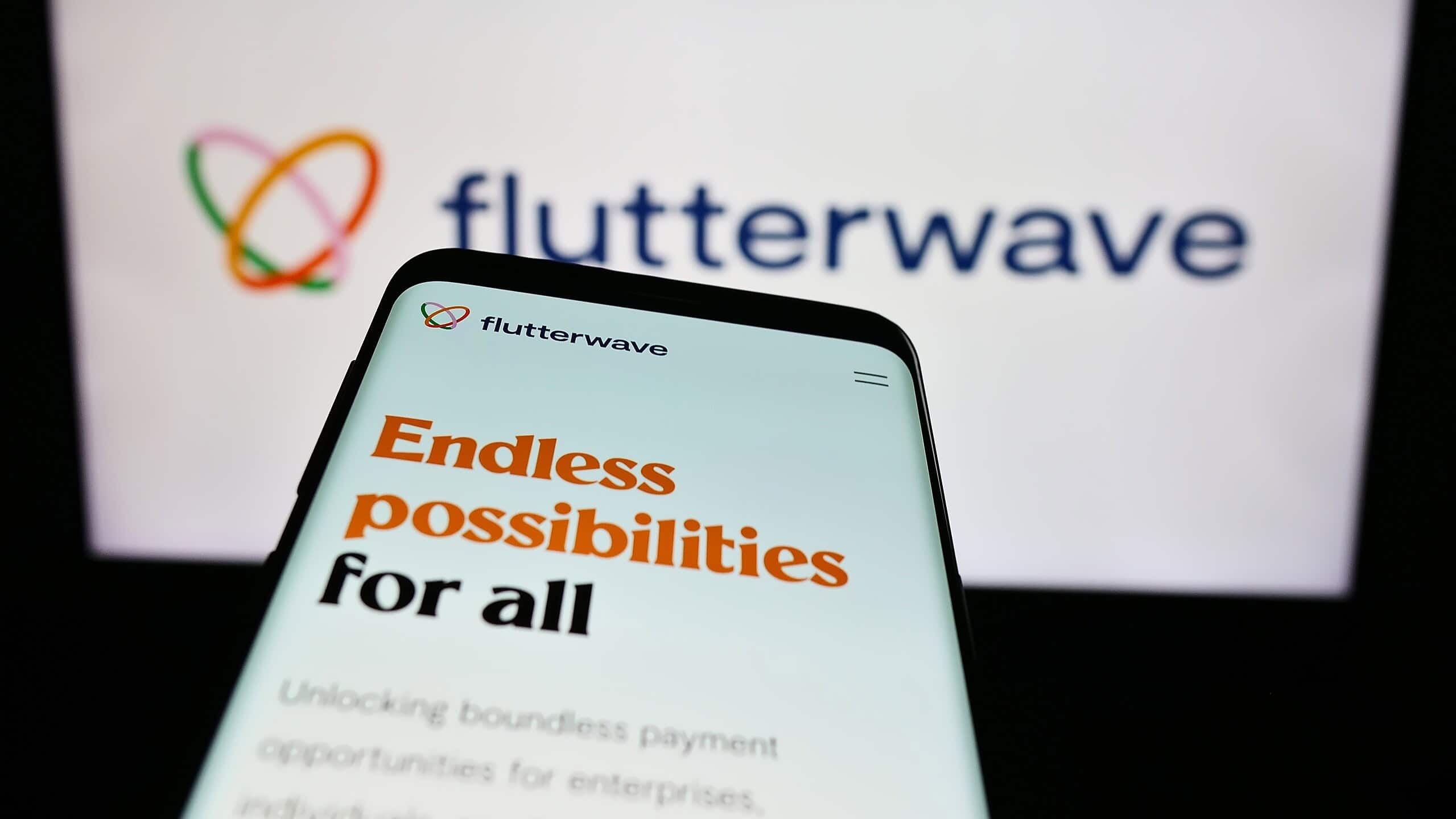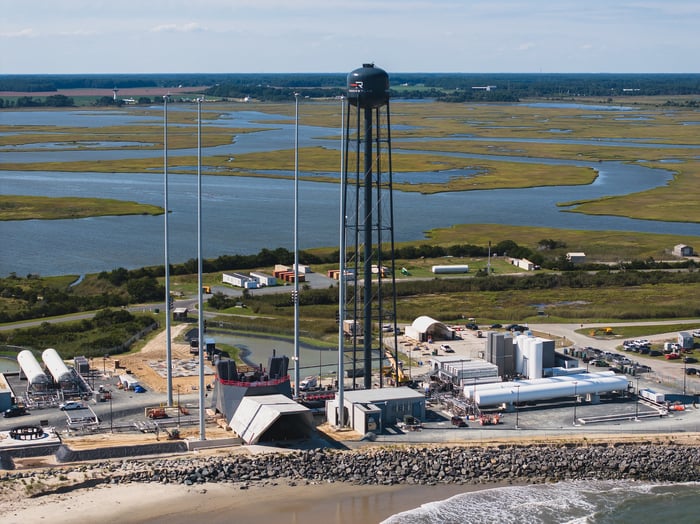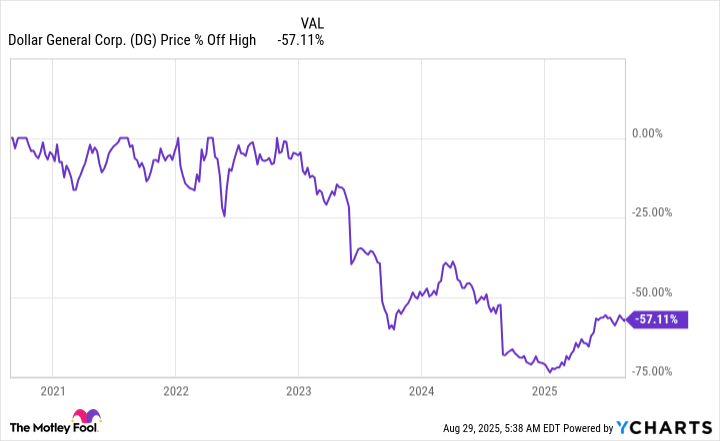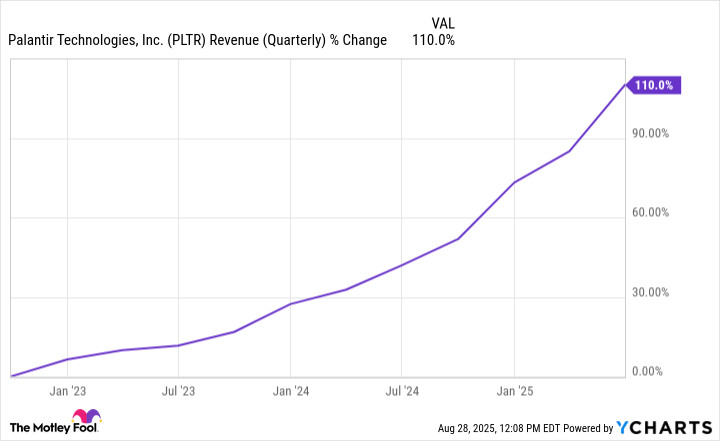3 Reasons XRP Enthusiasts Should Still Be Cautious
XRP’s legal battles are finally over. Now it needs to deliver.
XRP (XRP 0.69%) is a cryptocurrency that was launched by Ripple Labs in 2012. Its main purpose is to enable low-cost international money transfers, particularly for banks and financial institutions. It uses XRP as a bridge currency, which essentially means that two parties can exchange different currencies by putting their funds into XRP.
It has gained over 420% in the last year, spurred by an end to its long-running court case and optimism about changing political attitudes toward crypto.
XRP enthusiasts think this is only the beginning. Free from the shackles of legal battles, they think the token can go to the moon. Indeed, analysts at Standard Chartered predict it could soar another 300% or more before 2028.
Image source: Getty Images.
Anything is possible in the world of cryptocurrency. For example, if the SEC approves a spot XRP ETF and more companies start to use Ripple’s payment solutions, both could be big drivers of growth. However, speculation is rife, and a lot of potential positive news is already priced in. Moreover, there are a few reasons XRP may not be able to sustain its current price.
1. XRP looks overvalued
One of the challenges in cryptocurrency investing is that we can’t use traditional metrics like P/E ratios to value a project. Blockchain-specific metrics exist, such as network activity, market cap, and fees or revenue. But Ripple Labs is a private company that doesn’t have to publish financial statements, and XRP transaction fees work differently from other blockchains. In itself, the very lack of information is a reason to be cautious.
We know that XRP has a market cap of almost $170 billion as of Aug. 29. If it were a public company, it would be one of the top 100 companies in the U.S. Its market cap is bigger than Nike, Capital One, and S&P Global.
That just doesn’t seem realistic. For sure, the global cross-border payment market is huge. The IMF estimated that the traditional and crypto international payment market was almost 1 quadrillion dollars in 2024. It’s also true that Ripple may be well-positioned to capitalize on — and even drive — changes to the industry.
But right now, only a fraction of international payments go through Ripple’s network.
It’s hard to see how a cryptocurrency created by a team with over 900 employees is comparable to a global icon like Nike with almost 80,000 employees.
2. XRP is not the only payment solution
With the average international remittance fees at over 6%, per the World Bank, the global money-moving space is ripe for disruption. Particularly as U.S. lawmakers recently passed the GENIUS Act, creating a clear framework for stablecoin issuance and reserves.
Now that the regulatory roadblocks are gone, various businesses are trying to work out how to integrate blockchain technology and stablecoins into their operations. Stripe is developing its own blockchain.PayPal has its own stablecoin and “Pay with Crypto” functionality. Visa
has announced a new tokenized asset platform. Mastercard has crypto credit cards and blockchain infrastructure.
Ripple Labs could benefit from a boom in stablecoins and tokenization because it offers custody and blockchain integration solutions, which could be built on the XRP Ledger. But it’s all still to play for. Ripple Labs is only one of several players jostling for position in a space that is undergoing dramatic changes.
3. The SWIFT network is piloting its own blockchain solutions
XRP is slightly outside the payments fray, as its main focus is to facilitate transactions between banks and financial institutions. Its main competitor is the existing SWIFT network, an international cooperative made up of over 11,500 institutions. Indeed, Ripple CEO Brad Garlinghouse told the XRP APEX 2025 conference in June that XRP could take 14% of SWIFT’s international payment transfer volume in the coming five years.
But SWIFT is taking its own steps into the blockchain world. And it isn’t using XRP to do it. Last year, the existing Swift payment system completed a tokenized asset pilot with UBS and Chainlink.
XRP feels overhyped
XRP is an interesting cryptocurrency that uses blockchain technology to solve real-world problems. That fact alone sets it apart from many crypto projects and might earn it a spot in your portfolio. Unfortunately, its market cap seems extremely high for a crypto that is only starting to establish itself in an extremely competitive space.
It’s also important to note that holding XRP is not the same as owning shares in Ripple Labs. Ripple is a private company that owns around 40% of XRP. Not only does that give Ripple significant control over XRP’s price, but it also means XRP holders are vulnerable to shifting business priorities. If other non-XRP avenues, such as its own stablecoin, prove more profitable, that’s the direction the business will follow.
Emma Newbery has no position in any of the stocks mentioned. The Motley Fool has positions in and recommends Chainlink, Mastercard, Nike, PayPal, S&P Global, Visa, and XRP. The Motley Fool recommends Standard Chartered Plc and recommends the following options: long January 2027 $42.50 calls on PayPal and short September 2025 $77.50 calls on PayPal. The Motley Fool has a disclosure policy.
























